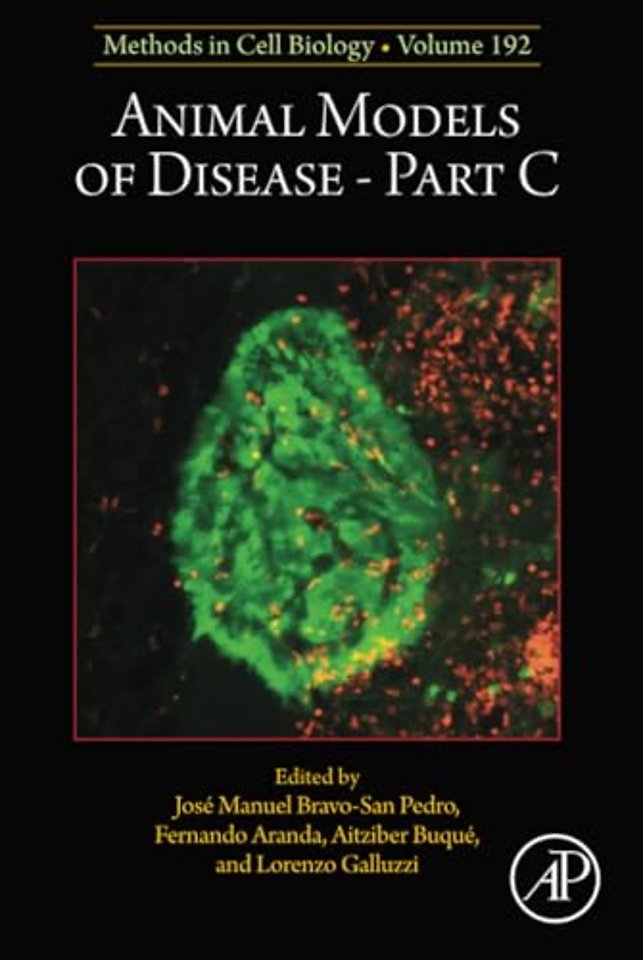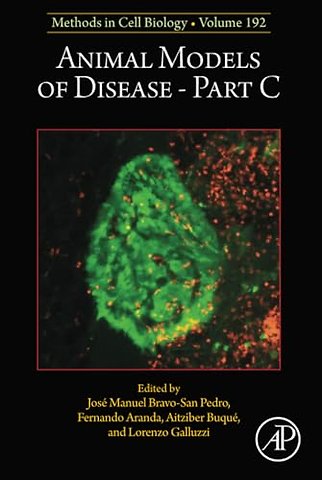Animal Models of Disease Part C
Samenvatting
Animal Models of Disease, Part C, Volume 192 in the Methods in Cell Biology series, highlights advances in the field, with this new volume presenting interesting chapters on a variety of timely topics, including Characterizing tumor-infiltrating group 1 innate lymphoid cells in PyMT breast tumors, The current models unravel the molecular mechanisms underlying the intricate pathophysiology of Alzheimer’s disease using Zebrafish, Colitis mouse model, Matching model with mechanism: appropriate animal models for studying various aspects of diabetes pathophysiology, Human cancer cells xenografts to assess the efficacy of granulysin-based therapeutics, and much more.
Additional sections cover Antimicrobial regime for gut microbiota depletion in experimental mice models, Evaluating polyglutamine protein aggregation and toxicity in transgenic Caenorhabditis elegans models of Huntington's disease, A model of intraperitoneal ovarian cancer to study tumor responses to radioimmunotherapy, Metallic nanoparticles biodistribution for the study of lymphoma in animal models, Stereotactic injection of murine brain tumor cells for neuro-oncology studies, Evaluating amyloid-beta aggregation and toxicity in transgenic Caenorhabditis elegans models of Alzheimer's disease, and much more.

